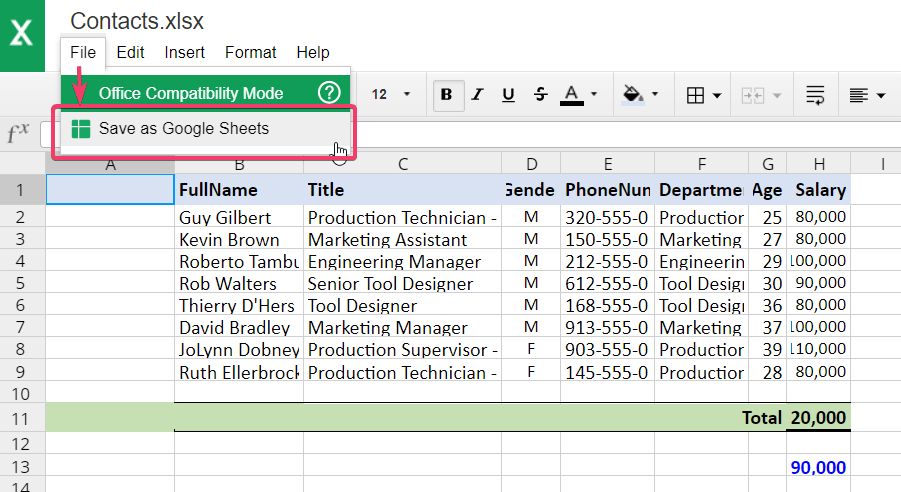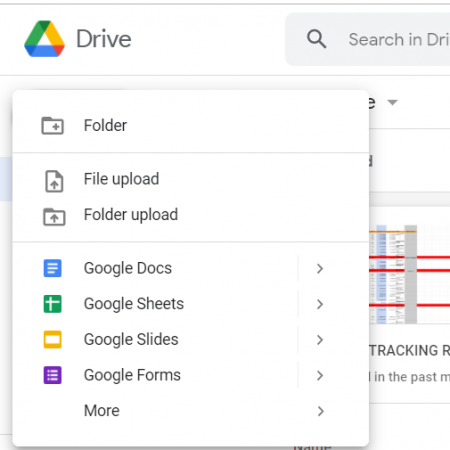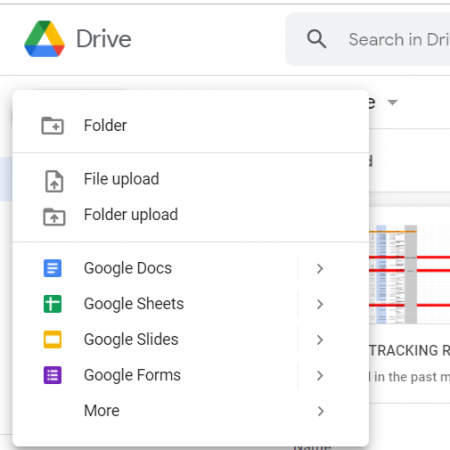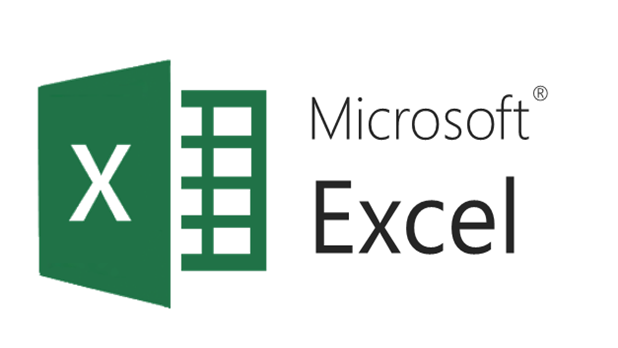How to Convert Excel XLSM to Google Sheets Easily

Introduction to Converting Excel XLSM to Google Sheets

Excel files with the .xlsm extension are Microsoft Excel's macro-enabled spreadsheets. They differ from standard Excel files because they can contain macros, which are scripts that automate repetitive tasks. However, when it comes to cloud-based collaboration, Google Sheets is often preferred for its ease of use, accessibility, and real-time editing capabilities. Converting an Excel XLSM file to Google Sheets not only allows for better collaboration but also helps in managing files across different platforms effortlessly.
Why Convert Excel XLSM to Google Sheets?

Before delving into the conversion process, understanding the benefits of moving to Google Sheets is crucial:
- Cloud-Based Access: Google Sheets is web-based, making it accessible from any device with internet connectivity.
- Real-Time Collaboration: Multiple users can work on the same document simultaneously, seeing each other's edits in real time.
- Cross-Platform Compatibility: Google Sheets can be easily shared across different operating systems without compatibility issues.
- Macros Compatibility: While Google Sheets supports macros through Google Apps Script, they work differently from Excel VBA macros.
Steps to Convert Excel XLSM to Google Sheets

Step 1: Upload Your Excel File to Google Drive

The first step in converting your Excel file is to upload it to Google Drive:
- Open Google Drive on your browser.
- Click on the New button on the left side, then select File upload.
- Choose your Excel file (.xlsm) from your computer and upload it.
Step 2: Open With Google Sheets

Once the file is uploaded:
- Find the uploaded .xlsm file in your Google Drive.
- Right-click on the file, and select Open with, then choose Google Sheets.
Google Sheets will attempt to convert the file into its format, processing macros and formulas, where possible.
Step 3: Handle Macros

Since Google Sheets doesn’t natively support VBA macros, you’ll need to address this:
- Some simple macros might automatically convert into Google Apps Script. Check the Tools menu and look for Macros or Script editor.
- Manual conversion might be necessary for more complex macros. You’ll need to rewrite these in Google Apps Script.
🔍 Note: Not all Excel macros will work seamlessly in Google Sheets. Make sure to review and test converted macros for functionality.
Step 4: Review and Edit

After conversion:
- Review: Check for formatting, formulas, and data integrity. Sometimes, complex Excel features or dynamic array formulas might not translate perfectly.
- Edit: Adjust any inconsistencies or unsupported features. Use Google Sheets’ formula editor or explore alternative functions.
Step 5: Publish or Share Your Google Sheet

Once satisfied with the conversion:
- Click the Share button at the top-right of Google Sheets to share with collaborators.
- If you need a static version, you can publish the sheet by going to File > Publish to the web.
Handling Advanced Features and Issues

Here’s how to tackle some common issues:
| Issue | Resolution |
|---|---|
| Complex Charts and Graphs | Some charts might not convert correctly. Recreate them manually or use Google Charts for a modern look. |
| Pivot Tables | Check if pivot tables have converted correctly. If not, rebuild them using Google Sheets’ pivot table tools. |
| Data Validation | Recreate data validation rules using Google Sheets’ data validation options. |

In conclusion, converting an Excel XLSM file to Google Sheets streamlines collaboration, enhances accessibility, and ensures compatibility across different platforms. Despite some initial hiccups with macros and complex features, the process offers substantial benefits for productivity and teamwork. As long as you keep an eye on the details and leverage Google Sheets' own set of tools, the transition can be quite smooth and empowering.
What happens to my Excel VBA macros after conversion?

+
Excel VBA macros do not directly convert to Google Sheets. You might find some simple macros get automatically converted into Google Apps Script, but for complex macros, you’ll need to rewrite them manually to ensure functionality.
How do I preserve formatting during the conversion?

+
Google Sheets tries to preserve most of the Excel formatting. However, some advanced or custom Excel formats might not translate. Review the sheet post-conversion and adjust any formatting discrepancies manually.
Can I link my Google Sheet back to my original Excel file?

+
Direct linking isn’t possible due to the different file formats and platforms. However, you can maintain an up-to-date version of your data by re-uploading your Excel file periodically or using an add-on like Google Sheets API to automate updates.



